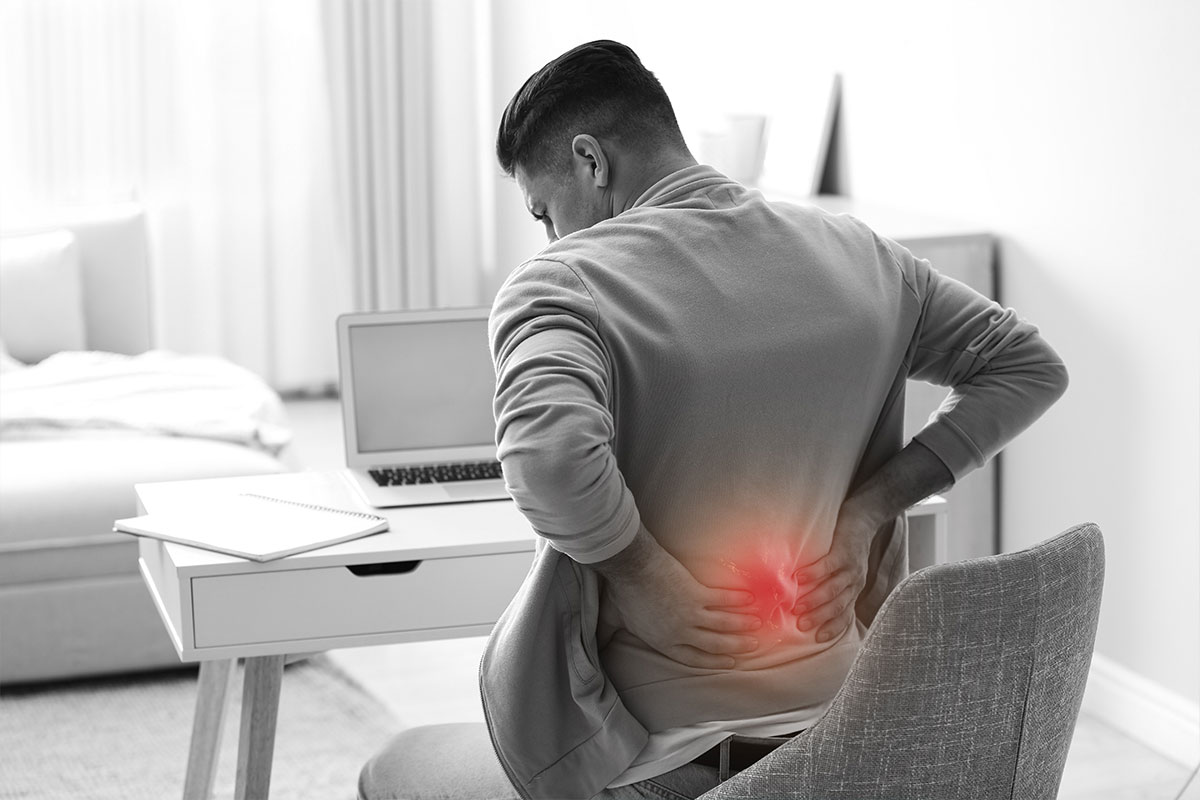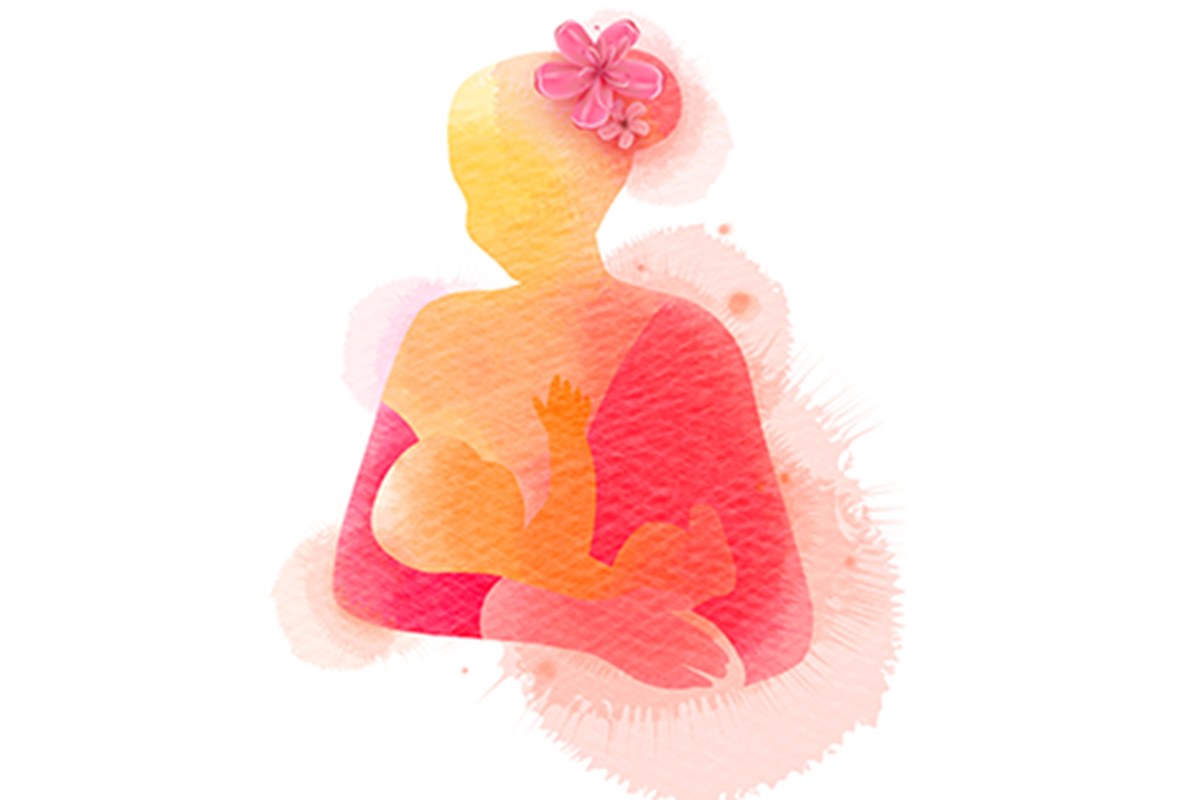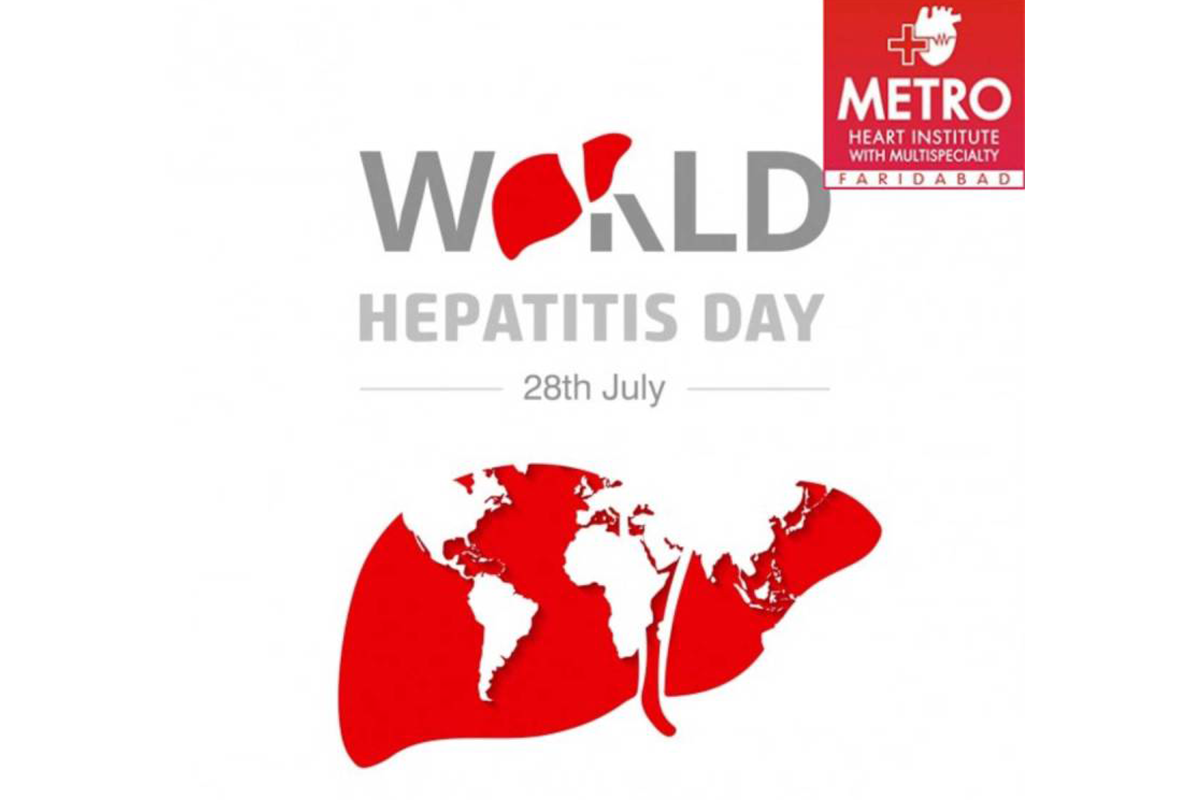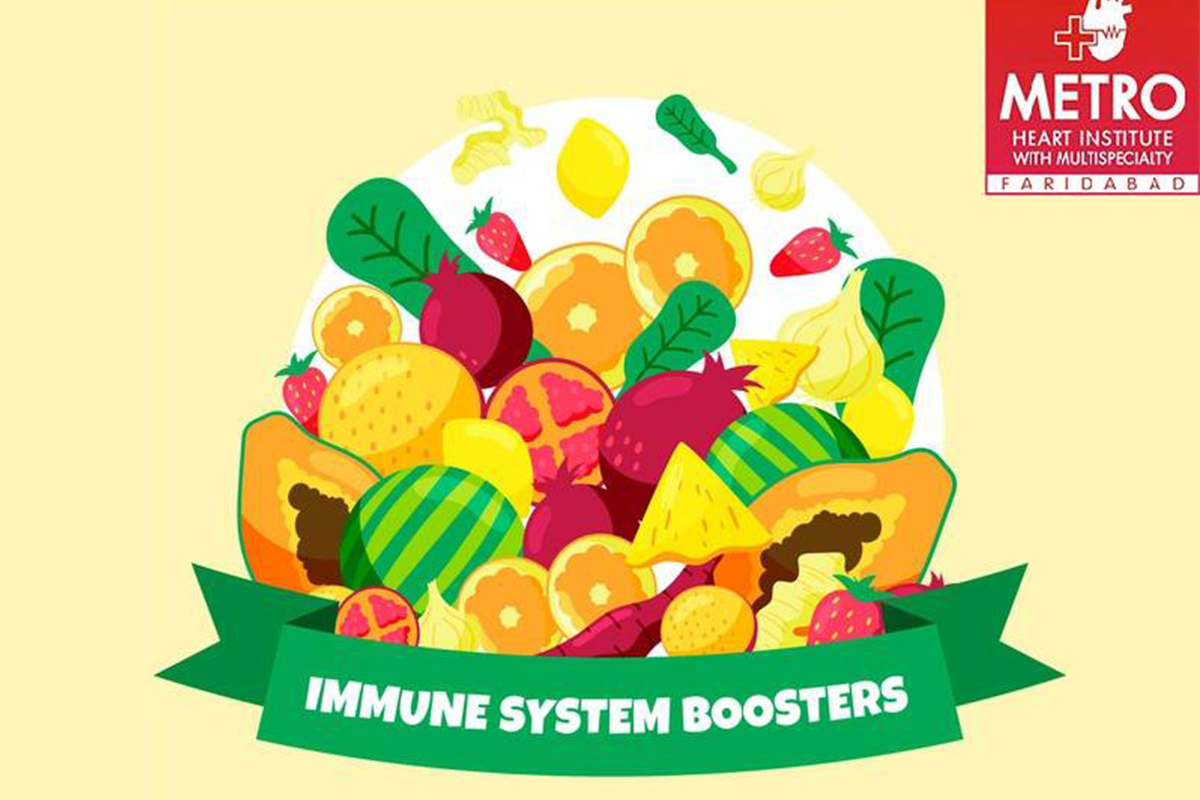
Everything you should know about Slip Disc along with its Prevention
By Dr. Shishir Kumar in Orthopaedics & Joint Replacement
Jun 7, 2020
Discs protect the bones of the spine by absorbing the shocks from our daily activities such as lifting, twisting, and walking. Our spinal column is made up of a series of vertebrae (bones) piled on each other. From top to bottom, the column includes sacrum and coccyx at the base, then five bones in the lumbar spine above it, and then there are 12 bones in the thoracic spine above the lumbar spine and then seven bones in the cervical spine at the top.
The disc of the spine is also known as intervertebral discs. Every disc has been divided into two parts: a soft, gelatinous inner portion and a tough outer ring. Due to injury or weakness the inner portion of the disc bulges out through the outer ring. This bulging out of the disc is known as slipped, herniated or prolapsed disc. This further leads to pain and discomfort. If by any chance the slipped disc compresses any of the spinal nerves, then the person will experience numbness along with pain in the affected nerve. In the most serious and complicated cases surgery is required either for the removal or for the repair of the slipped disc.
Symptoms of Slip Disc:
Slip disc can happen to anyone in any part of the spine emerging from neck to the lower back; though the lower back is considered as the most common areas for slipped disc. Our spinal cord is complex network of nerves and blood vessels. Hence, the slip disc puts excess pressure on the nerves around it.
Mentioned below are some of the symptoms of slipped disc:
- Numbness and pain, mostly on one side of the body
- Pain extending to arms and legs
- Worsening of the pain especially during night or with certain specific movements
- Worsening of the pain after standing or sitting
- Pain even walking short distances
- Unexplained muscle weakness
- Itching, burning and tingling sensation in the affected region
The type and severity of the pain depends from person to person. One should not delay in consulting the doctor if experiencing any kind of pain in the back which leads to tingling sensation while affecting the ability to control their muscles.
Causes of Slip Discs:
A slip disc happens when the outer ring becomes too weak and torn out which further allows the inner portion of the disc to slip out. This generally happens with the age. Due to certain movements such as twisting or turning to lift an object slip disc can take place. Lifting a very large or a heavy object holds the tendency to put a great strain on the lower back, leading to slipped disc.
Every individual who are overweight are also at the increased risk of experiencing slip disc as their discs completely does not support the additional weight. Sedentary lifestyle and weak muscles also contribute towards the development of slipped disc.
Growing age is also one of the main reasons for slip disc, as when we grow old our discs begin to lose some of their protective water content because of which our disc slips more easily out of the place. Slip disc are more common in men than in women.
Diagnosis of Slip Disc:
The doctor will perform a physical examination during which he/she will be looking for the source of the pain and discomfort. This physical examination will involve checking of the nerve functioning and muscle strength. Before conducting the physical examination the doctor will ask about medical history and symptoms.
After the physical examination the doctor will advise some imaging tests which will help the doctor to view the bones and muscles of the spine while looking after the damaged areas. Mentioned below are some of the imaging tests:
- X-rays
- CT Scans
- MRI Scans
- Discograms
Treatment options for Slip Disc:
The treatment option for slip disc varies from conventional to surgical. The treatment majorly depends on the level of discomfort the person is experiencing and to what extent the disc has slipped out of its place.
In most of the cases, majority of the people gets relieved from slipped disc pain by opting for exercise program which majorly focuses on stretching and strengthening of the back and surrounding muscles.
Taking over the counter pain killers while avoiding heavy lifting and painful positions helps in getting over the pain caused by slip disc. In case when over the counter pain killers are not responding, then the doctor will prescribe some strong medications such as:
- muscle relaxers to relieve muscle spasms
- narcotics to relieve pain
- nerve pain medications like gabapentin or duloxetine
The doctor might advice surgery if the symptom does not decline in six weeks or the slipped disc is impacting the functions of the muscles. In this case the surgeon will remove the damaged or extended portion of the disc without removing the complete disc. This surgical process is called microdiscectomy.
In the most serious and complicated cases, the doctor either replace the complete disc with an artificial one or remove the disc and fuse it with our vertebrae together. The method of fusion along with a laminectomy and spinal fusion provides stability to our spinal column.
When someone suffers from slip disc problem that person is refrained from doing all kind of physical activities so that there should be less pain but as the person is refrained from doing any physical activity his/her muscle gets weak and the joints get stiff. Therefore, the person dealing with slip disc problems needs to remain as active as possible through stretching or low impact activities such as walking.
Is it possible to prevent a slipped disc?
Prevention of slip disc is not possible but yes we can take certain measures which will help us to reduce the risk of developing a slipped disc. These steps include:
- Use safe lifting techniques: Bend and lift from your knees, not your waist.
- Maintain a healthy weight.
- Do not remain seated for long periods; get up and stretch periodically.
- Do exercises to strengthen the muscles in your back, legs, and abdomen







